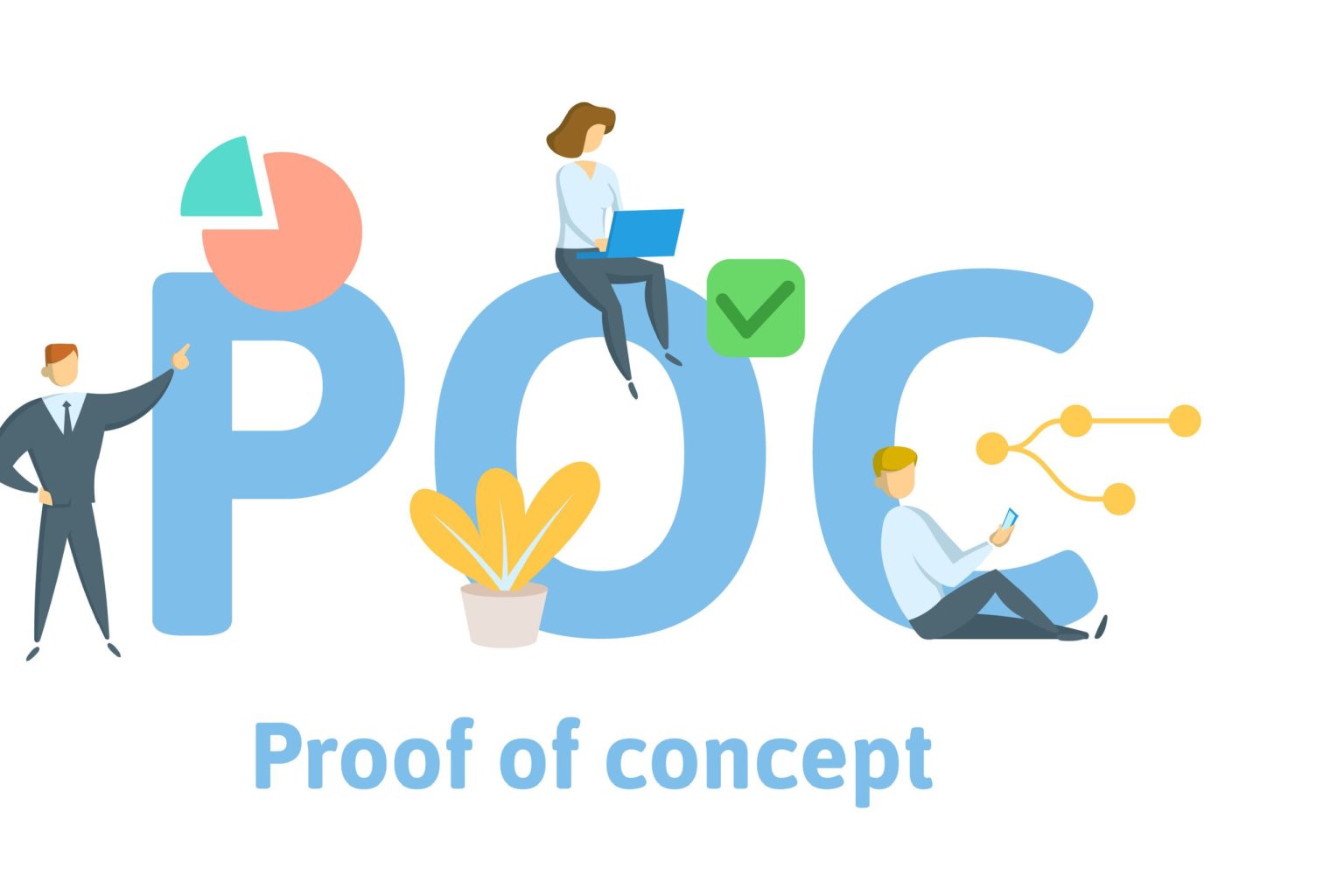Software Development
Proof of Concept (POC) has become an essential step in making great software solutions in the fast-paced world of software development, where new ideas and speed are fundamental. POC is a strategy method that lets stakeholders and developers test ideas, see if they’re possible, and lower risks before putting a lot of time and money into full-scale development. In this blog, we will talk about what POC is, its perks, and the best ways to use it in poc software development.
What is Proof of Concept (POC)?
A Proof of Concept (POC) is an early form of a software program or system meant to show that it can work and what it could do. It’s not meant to be a finished or full product but rather a sample or a shortened version that shows off the suggested solution’s main functions and features. The primary purpose of a proof of concept (POC) is to show that the idea can be put into action and that it meets the goals.
Benefits of POC in Software Development
- Risk reduction: One of the best things about a proof of concept (POC) is that it lets you find risks and problems early in development. By trying the core ideas and functions, developers can find technology problems, interface issues, and other problems that might come up during full-scale development.
- Cost Efficiency: Making a proof of concept (POC) takes much less time and money than making a full software solution. This low-cost method lets businesses test ideas without spending a lot of money. If the proof of concept works, it will be easier to get more money and growth tools.
- Stakeholder Buy-In: A well-done proof of concept (POC) can clearly show funders, clients, and team members the benefits and possibilities of a suggested solution. By showing a sample that works, you can build trust and confidence, which makes it easier to get support and approval for the project.
- Requirement Validation: Proofs of concept (POCs) let writers check and improve the project’s needs. By making a working prototype, teams can get useful feedback from users and other important people. This way, they can ensure that the end product meets their needs and expectations.
- Faster Time-to-Market: Proofs of concept (POCs) speed up the development process by letting teams find and fix possible problems early on. This cautious method lowers the chances of pricey delays and extra work, which speeds up the end product’s time-to-market.
Best Practices for Implementing POC
- Set Clear Goals: Before starting a proof of concept (POC), it is important to set clear goals and standards for success. This ensures that the POC stays focused on the most important parts of the project and provides useful information for making decisions.
- Involve Key Stakeholders: During the POC process, involve end users, clients, and funders, among others. Their ideas and reviews are very helpful for ensuring the plan’s soundness and making smart choices.
- Keep it Simple: A proof of concept (POC) should be a stripped-down form of the end product that only shows off the most essential features and functions. Don’t add extra complexity to ensure that the POC stays doable and can be done in a short amount of time.
- Iterate and Refine: Take the POC as a process that you can repeat. Always ask for feedback, find where the sample could be better, and make changes based on that input. Working in steps improves the final product’s clarity and dependability.
- Document Findings: Write down your results, problems, and lessons learned during the POC process. This paperwork will be very helpful for future stages of growth and will prevent important ideas from being lost.
Conclusion
Proof of Concept (POC) is an essential tool for making software. Proof of concept (POCs) help make software development successful and efficient by testing ideas, figuring out their possible solutions, and lowering risks. By following best practices and including important partners, POCs will likely provide valuable insights, shorten the time it takes to get a product to market, and eventually help make new and practical software applications. When development teams use the proof-of-concept (POC) method, they can confidently handle the complicated parts of software tasks.




